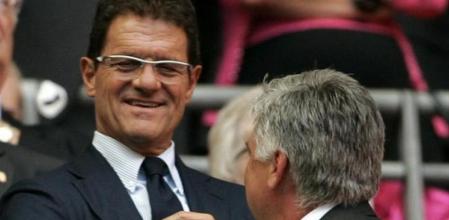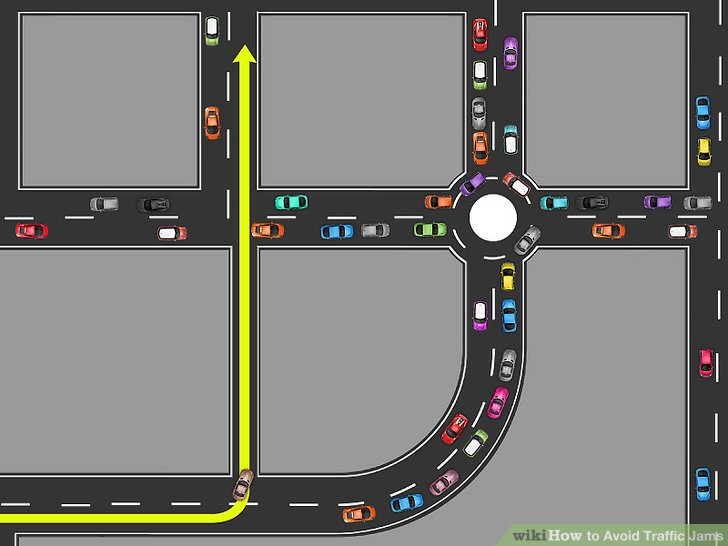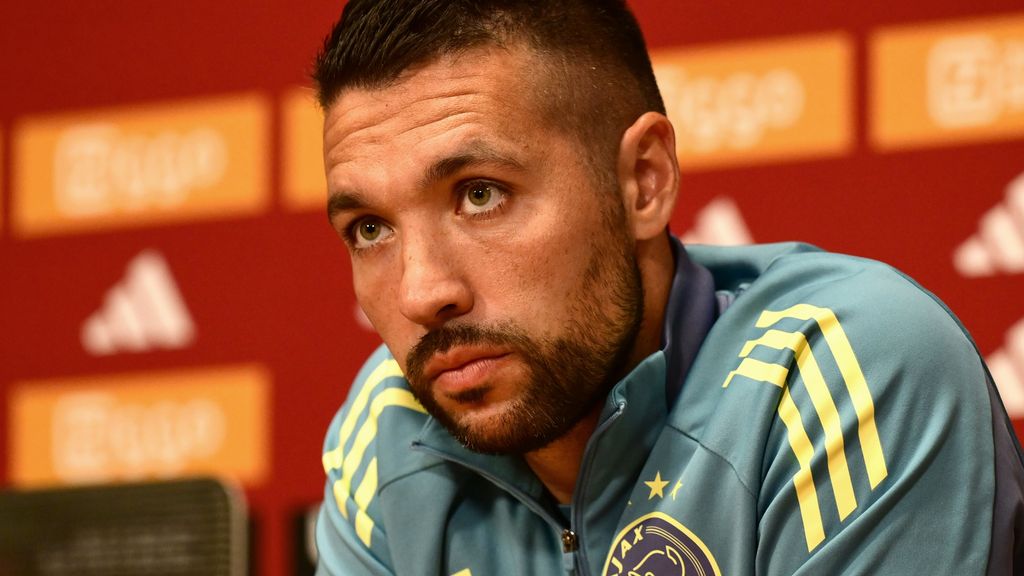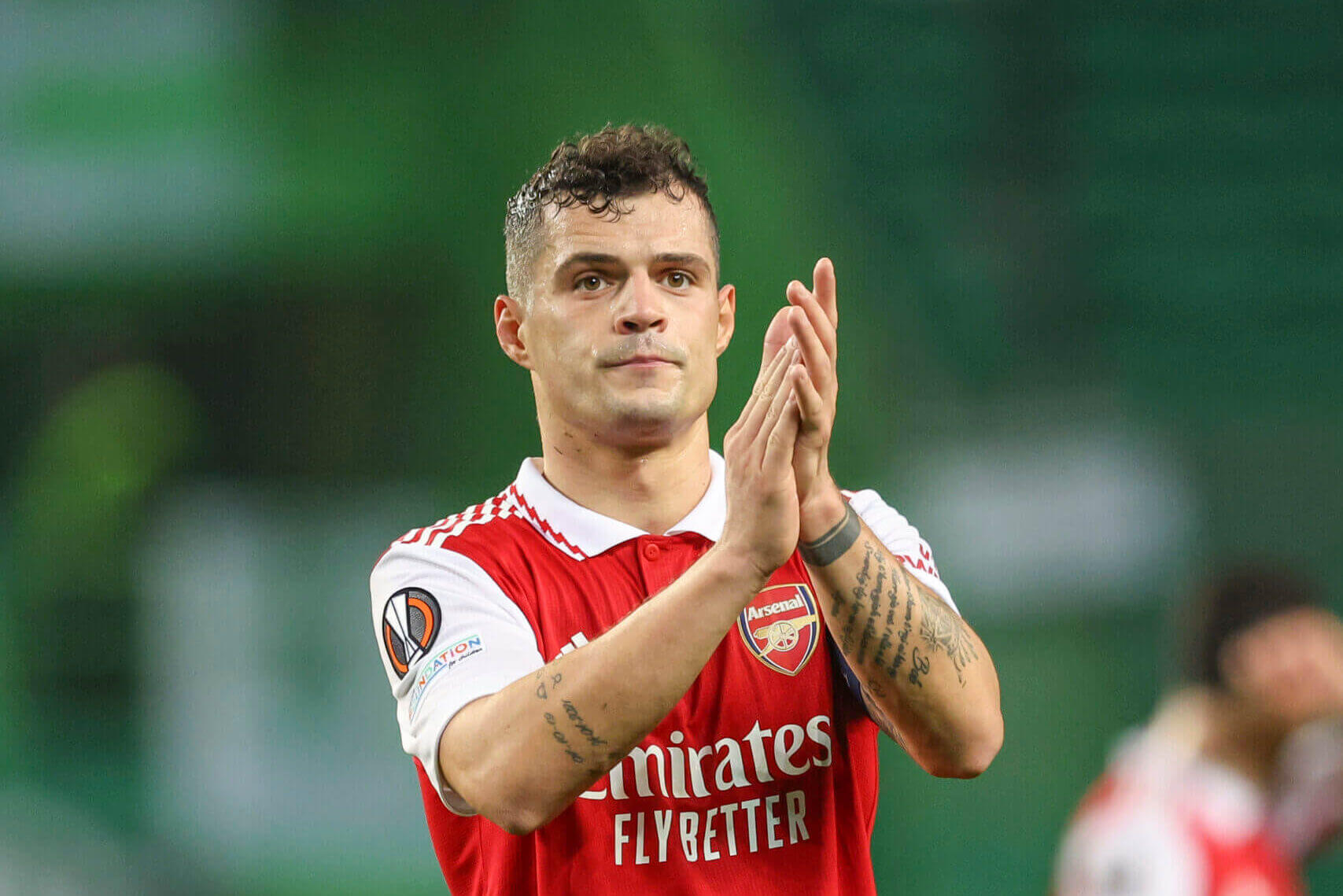Tactical Differences Between Ancelotti And Capello

Table of Contents
2.1 Attacking Philosophies: Fluid vs. Pragmatic
Ancelotti and Capello's contrasting approaches are perhaps most evident in their attacking philosophies. Ancelotti favors a fluid, possession-based system, while Capello prioritizes pragmatism and defensive solidity.
Ancelotti's Approach: The Fluid Maestro
Ancelotti's teams are renowned for their creative, possession-dominant style. He builds his attacks around intricate passing combinations, utilizing the width of the pitch effectively.
- Use of a midfield pivot for control: A strong midfield base provides stability and allows for controlled distribution.
- Reliance on skillful wingers: Wingers are crucial for stretching the opposition defense and creating opportunities.
- Tactical flexibility based on opponent: Ancelotti is known for adapting his tactics depending on the strengths and weaknesses of his opponents.
- Emphasis on quick passing combinations: Short, incisive passing creates openings and breaks down defensive lines.
Examples of Ancelotti's attacking prowess are visible throughout his career: AC Milan's dominance in the early 2000s, characterized by its patient build-up play and clinical finishing, and Real Madrid's attacking flair, which saw the team score an astounding number of goals.
Capello's Approach: The Pragmatic Strategist
Capello, conversely, prioritizes a pragmatic approach. His teams are often characterized by defensive solidity and a focus on counter-attacks and set-pieces.
- Disciplined defensive structures: Maintaining a rigid shape and compactness is paramount.
- Direct passing: Quick, direct passing aims to bypass midfield congestion and create opportunities quickly.
- Emphasis on physicality and aerial duels: Capello's teams often excel in aerial battles, utilizing physicality to their advantage.
- Structured counter-attacks: Exploiting spaces left behind by the opposition during their attacks is a key element.
Capello's success with Juventus, known for their impregnable defense, and his Real Madrid team, which relied on effective counter-attacking, exemplify this style.
Comparison: Fluidity vs. Structure
The core difference lies in the fluidity of Ancelotti's system versus the structured pragmatism of Capello's. Ancelotti's approach emphasizes creativity and improvisation, while Capello's emphasizes discipline and efficiency.
2.2 Defensive Strategies: Balanced vs. Rigid
The contrast between Ancelotti and Capello extends to their defensive strategies. Ancelotti employs a more balanced approach, while Capello favors a rigid, disciplined system.
Ancelotti's Approach: Balanced Defense
Ancelotti's defensive approach is less about sitting deep and more about preventing the opponent from creating chances through controlled possession and tactical awareness.
- High defensive line in certain situations: Pressing high up the pitch can disrupt opponents' build-up play.
- Press triggers: Well-defined triggers initiate pressing actions, disrupting passing lanes and forcing errors.
- Effective use of midfielders to disrupt attacks: Midfielders play a crucial role in winning back possession and shielding the defense.
Capello's Approach: Rigid Defense
Capello prioritizes a highly organized and disciplined defense, focused on minimizing the opponent's opportunities.
- Deep defensive lines: A compact defensive shape makes it difficult for attackers to penetrate.
- Man-marking: Close marking of individual players restricts space and passing options.
- Zonal marking in certain situations: Depending on the situation, zonal marking might be used, particularly for set-pieces.
- Emphasis on defensive discipline and tackling: Strong tackling and positioning are key tenets of Capello's defensive philosophy.
Comparison: Risk vs. Caution
Ancelotti's approach carries a higher risk-reward balance, while Capello's approach is markedly more cautious and risk-averse.
2.3 Player Management and Team Dynamics: Motivational vs. Authoritarian
Beyond tactics, Ancelotti and Capello's contrasting personalities significantly influence their management styles.
Ancelotti's Approach: The Motivational Leader
Ancelotti's management style is player-centric, emphasizing communication and motivation.
- Strong communication: Open communication fosters understanding and trust within the team.
- Creates positive atmosphere: A positive environment encourages players to perform at their best.
- Adapts to individual player strengths: Ancelotti tailors his tactics to maximize the strengths of each player.
- Fosters team unity: Building a strong team spirit is a priority.
Capello's Approach: The Authoritarian Manager
Capello's approach is more demanding and authoritarian, prioritizing discipline and adherence to tactical instructions.
- Strict discipline: Strict rules and regulations are crucial for maintaining order and accountability.
- Clear expectations: Players understand exactly what is expected of them, both on and off the pitch.
- Strong work ethic demands: A high work rate is non-negotiable.
- Focused on results: Results are paramount, and everything is geared towards achieving victory.
Comparison: Team Spirit vs. Disciplined Efficiency
Ancelotti fosters a positive team environment, while Capello prioritizes discipline and efficiency. Both approaches have proven successful, showcasing that different styles can yield positive results.
3. Conclusion: Synthesizing the Ancelotti-Capello Tactical Dichotomy
The tactical differences between Ancelotti and Capello are clear. Ancelotti's fluid, possession-based style contrasts sharply with Capello's pragmatic, defensive-minded approach. This extends to player management, with Ancelotti's motivational style differing significantly from Capello's authoritarian approach. Both managers, however, have achieved remarkable success, proving that different tactical philosophies can lead to trophies. To further explore the fascinating tactical nuances of these two managerial giants, delve into further articles or research specific matches managed by each – consider searching for "Ancelotti vs. Capello tactical analysis" or "Understanding the tactical differences between Ancelotti and Capello" for more in-depth insights.

Featured Posts
-
 Avoid French Traffic Jams This Weekend Best Routes And Alternatives
May 29, 2025
Avoid French Traffic Jams This Weekend Best Routes And Alternatives
May 29, 2025 -
 Gijp Afwijzend Over Mogelijke Farioli Opvolger
May 29, 2025
Gijp Afwijzend Over Mogelijke Farioli Opvolger
May 29, 2025 -
 Alonso Eyes Arsenals Forgotten Talent A Repeat Of The Xhaka Success
May 29, 2025
Alonso Eyes Arsenals Forgotten Talent A Repeat Of The Xhaka Success
May 29, 2025 -
 Live Nations Future Uncertain Amidst Growing Pressure For A Split
May 29, 2025
Live Nations Future Uncertain Amidst Growing Pressure For A Split
May 29, 2025 -
 Kaka Empire And Bio Foods Launch New Cooking Show Let Him Cook
May 29, 2025
Kaka Empire And Bio Foods Launch New Cooking Show Let Him Cook
May 29, 2025
